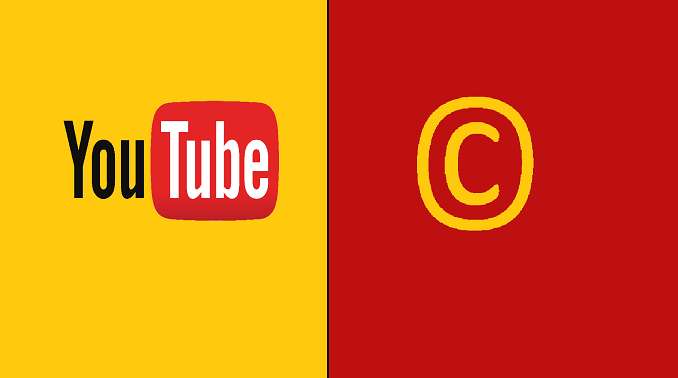In a wide array of videos popular on YouTube, gameplay videos have quite a fan following. These videos involve gamers playing some of the most popular games, for viewers to watch. While copyrights over such games are reserved with the developers, they often face allegations of copyright infringement. YouTube, in its attempts to discourage such infringing videos, has introduced “copyright strikes” whereby the account flagged by the content owner for alleged infringement receives a copyright strike from YouTube restricting the account holder’s access to certain features, such as live streaming, uploading videos longer than 15 minutes, YouTube video editor etc. Though a “strike” expires in six months if the account holder receives no additional ones in that duration and completes YouTube’s Copyright School, a total of three strikes would result in permanent termination of the account.
Such a system came up in news recently when Activision Publishing, Inc., a video game developer, flagged the videos featuring glitches or bugs in its latest game Call of Duty: Advance Warfare, resulting in a number of YouTube accounts receiving copyright strikes and popular multi-channel networks concerning gameplay videos such as Machinima releasing a warning to all its partners. The warning statement said, “Activision is being particularly vigilant about their Call of Duty videos lately; issuing strikes on videos showing glitches. If you post videos highlighting these glitches, your channel may be liable to receive a copyright strike so please be careful”.
Obviously, since consequences of copyright strikes could be drastic, it caused uproar in the gaming community as displayed across social media sites such as twitter. However, Activision in its statement to Eurogamer claimed to be only targeting the videos revealing exploits to make the gaming system unbalanced and allow for cheating. Considering there are still a fair number of videos on YouTube concerning the glitches of this game, Activision’s statement seems genuine. The full statement said: “We’re excited that so many fans are having fun playing the game and posting videos of their gameplay. We love watching the videos ourselves. Occasionally, some folks post videos that promote cheating and unfair exploits. As always, we keep an eye out for these videos – our level of video claims hasn’t changed”.
This kind of friction between the gaming community which uploads massive content on YouTube and the copyright holding game developers has been quite commonplace. Though such videos concerning glitches can be arguably classified as criticism or those coupled with gameplay and narration as transformative fair use, both are exceptions to copyright. However, the lack of absolute legal clarity is a constant source of clashes leading to alleged abuse of rights by the game developers where they attempt to curb the critical reviews of a game or seek monetary profits from the videos featuring their games on one hand and by gaming community where the game cheats put the entire product at stake and ruins each online game player’s fair and honest experience on the other.
Reference: Source
Image Source: Logo of YouTube is taken from Wikipedia. Licensing terms of the image can be accessed here. Image is stated to be in public domain. Although it is free of copyright restrictions, this image may still be subject to other restrictions. See WP:PD#Fonts or Template talk:PD-textlogo for more information.
This article is contributed by Priyank Dwivedi – Intern at BananaIP Counsels



